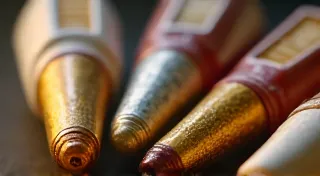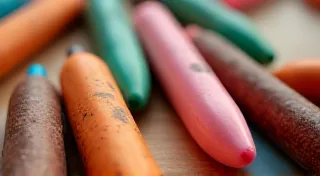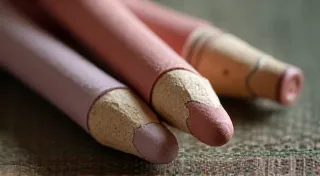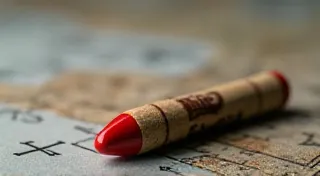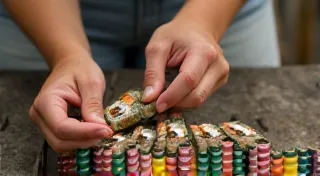The Art Deco Eraser: A Collector's Dream
The world of collecting vintage pencil erasers might seem niche, but it’s a vibrant corner of the broader stationery collecting hobby. Within that world, a particular era shines with a distinctive flair: the Art Deco period. Running roughly from the 1920s to the 1930s, Art Deco’s influence touched nearly every aspect of design – architecture, fashion, jewelry, and yes, even humble pencil erasers. For collectors, these erasers offer a beautiful intersection of functionality and artistic expression, representing a fascinating window into a bygone era.
The Essence of Art Deco Design
To understand the appeal of Art Deco erasers, it's important to grasp the core principles of the movement itself. Art Deco rejected the flowing, organic lines of Art Nouveau, embracing instead a more streamlined, geometric aesthetic. Think clean lines, bold shapes, symmetrical patterns, and luxurious materials. Common motifs included sunbursts, zigzags, chevrons, stylized floral designs, and depictions of modern machinery. The overall effect was one of optimism, modernity, and sophisticated glamour.
This design philosophy directly translates to Art Deco pencil erasers. Forget the simple, rounded forms of earlier erasers; these were miniature works of art, often showcasing the same stylized motifs and luxurious materials found in other Art Deco objects. Materials shifted too – while rubber remained the primary component, many were embellished with celluloid, bakelite, metal accents (often gold or silver-tone), and even lacquered finishes. The evolution of eraser materials themselves reflects this broader shift in manufacturing and aesthetic sensibilities – a topic often explored when delving into finding vintage erasers, and how their origins shape their value.
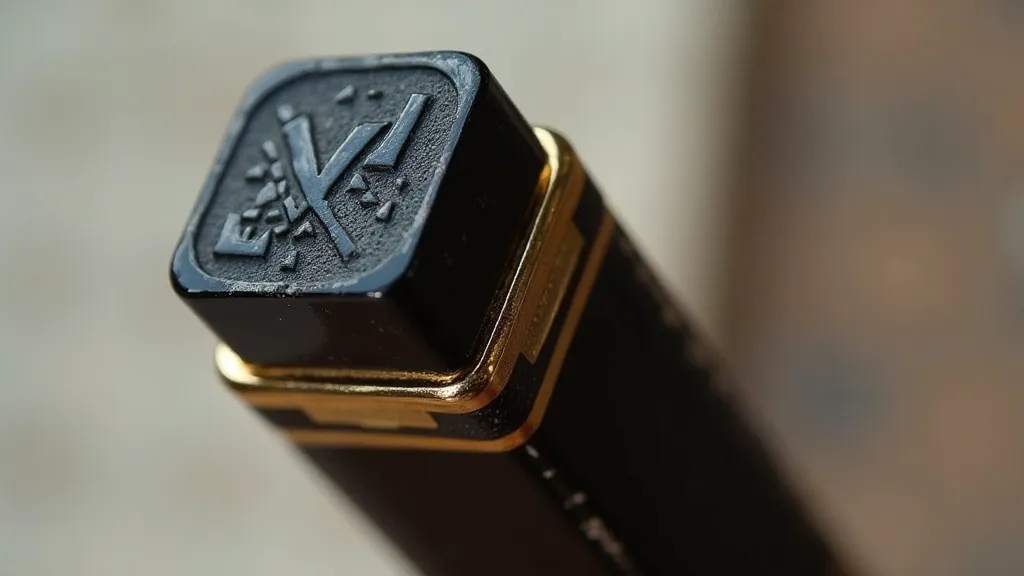
Key Manufacturers & Identifying Marks
Several manufacturers were responsible for producing the iconic Art Deco erasers we see today. While identifying specific manufacturers can sometimes be challenging (markings were often small or worn), here are a few of the prominent players:
- Ward-Weiser: Perhaps the most well-known manufacturer of Art Deco erasers, Ward-Weiser created a vast array of designs, often utilizing celluloid and bakelite. They are easily identified by their often intricate patterns and distinctive shapes. Look for markings like "Ward-Weiser, Patented" or variations thereof.
- Novelty: This company specialized in novelty stationery items, and their Art Deco erasers are known for their playful designs and often bright colors.
- American Writing Goods Co. (AWG): AWG produced a wide range of stationery items, including a significant number of Art Deco erasers. Their erasers often feature more subtle designs than Ward-Weiser.
- Eagle Pencil Co.: While primarily known for pencils, Eagle Pencil also produced some Art Deco erasers, often marked with their trademark eagle logo.
- Numerous Smaller Manufacturers: Many smaller companies also produced erasers, often utilizing similar designs to the larger manufacturers. Identifying these can be more difficult and often requires careful research.
Identifying Marks: As mentioned, markings are crucial for identification. Be prepared for faded or worn markings. Common markings include company names, patent dates, and sometimes, descriptive terms like "Composition" or "Rubber." Keep in mind that markings can be very small and may require magnification to see clearly. The scarcity of markings, and their often deteriorated condition, adds another layer of complexity to the collecting process, requiring dedicated effort – the kind often detailed when you're caring for your vintage eraser collection and striving to preserve these delicate pieces of history.
Common Types and Styles
Art Deco pencil erasers come in a surprising variety of shapes and styles. Here are a few common categories:
- Geometric Shapes: Rectangles, squares, triangles, and other geometric shapes were common, often featuring inlaid designs or contrasting colors.
- Figural Erasers: While less common than geometric shapes, figural erasers depicting stylized animals, women, or objects were produced. These are often more valuable due to their rarity and intricacy.
- Double Erasers: These erasers feature two separate sections, often with different colors or materials.
- Slide Erasers: These erasers slide open to reveal a fresh erasing surface.
- Carousel Erasers: A unique and charming design; these erasers feature a rotating section, often displaying different colors or patterns.
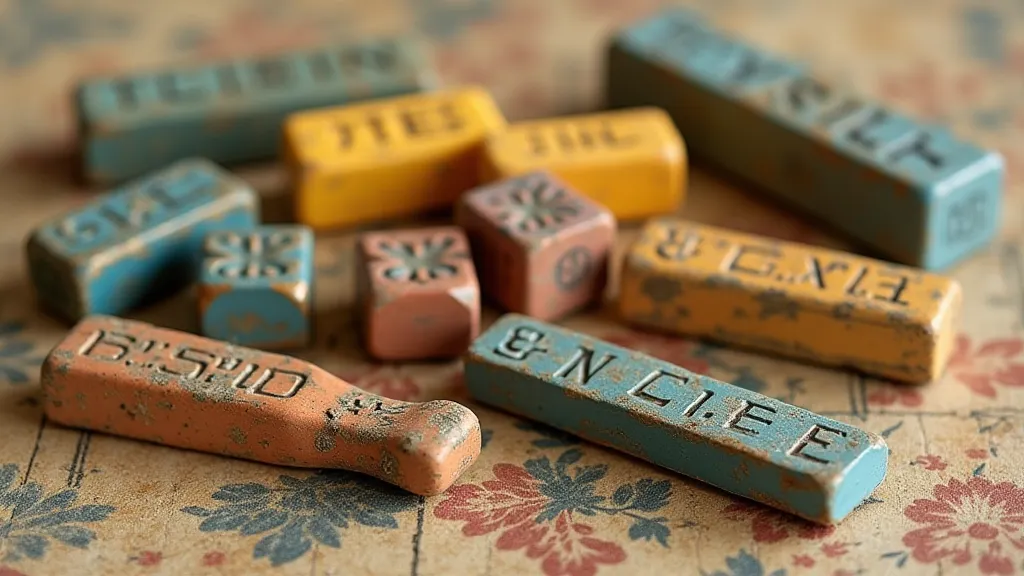
Value and Condition
The value of an Art Deco pencil eraser is determined by a number of factors, including:
- Rarity: Uncommon designs and manufacturers command higher prices. Figural erasers are generally rarer than geometric shapes.
- Condition: As with any collectible, condition is paramount. Erasers in excellent condition, free from cracks, chips, and discoloration, are more valuable.
- Material: Erasers made from materials like celluloid or bakelite are often more valuable than those made from simpler rubber compounds.
- Manufacturer: Ward-Weiser erasers often command higher prices due to their popularity and the quality of their designs.
- Originality: If an eraser retains its original packaging or paper insert, its value will be significantly increased. The impacts of global events, such as wartime shortages, also profoundly affected the availability of materials and production techniques, something worth exploring further if you're interested in the broader context of vintage eraser history – a subject covered in detail when you're learning about the impact of World War II on eraser production.
A Deeper Dive into Materials and Manufacturing
The choices in materials used in Art Deco erasers were often driven by both aesthetic considerations and the technological advancements of the era. Celluloid, a pioneering plastic, was prized for its ability to be molded into complex shapes and its glossy finish. Bakelite, another early plastic, offered durability and a range of colors, contributing to the visual diversity of the collection. Metal accents, frequently in gold or silver-tone, added a touch of luxury and sophistication. The availability of these materials, however, was subject to economic fluctuations and geopolitical events, influencing both production and collector value. The shift from natural rubber to synthetic compounds, particularly during and after the World War II era, fundamentally altered the landscape of eraser manufacturing, reflecting broader changes in industrial processes.
Regional Variations and International Influence
While the Art Deco movement originated in France, its influence spread globally, resulting in regional variations in eraser design and manufacturing. German manufacturers, for example, developed a reputation for quality and craftsmanship, often incorporating meticulous detailing and sturdy construction into their erasers. These “spotlight on German vintage erasers” often command high prices among collectors due to their enduring quality and distinct aesthetic.
Tips for Collectors
Starting a collection of Art Deco pencil erasers can be a rewarding experience. Here are a few tips to get you started:
- Research: Familiarize yourself with the different manufacturers, designs, and markings.
- Patience: Finding valuable erasers takes time and patience.
- Networking: Connect with other collectors through online forums or local stationery collecting clubs.
- Attend Shows: Stationery shows and antique fairs can be a great source for finding rare erasers.
- Inspect Carefully: Always inspect erasers carefully for damage before purchasing.
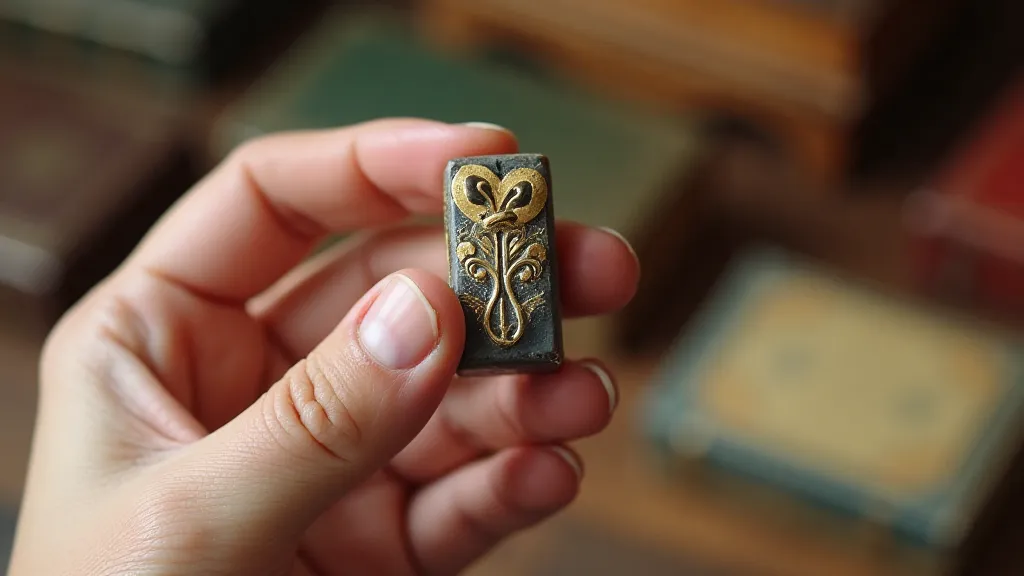
Conclusion
Collecting Art Deco pencil erasers offers a fascinating glimpse into a bygone era of design and artistry. These miniature treasures represent a unique blend of functionality and aesthetic beauty, making them a truly captivating collectible. With a little research and patience, you too can build a collection of these charming and increasingly valuable pieces of stationery history.

